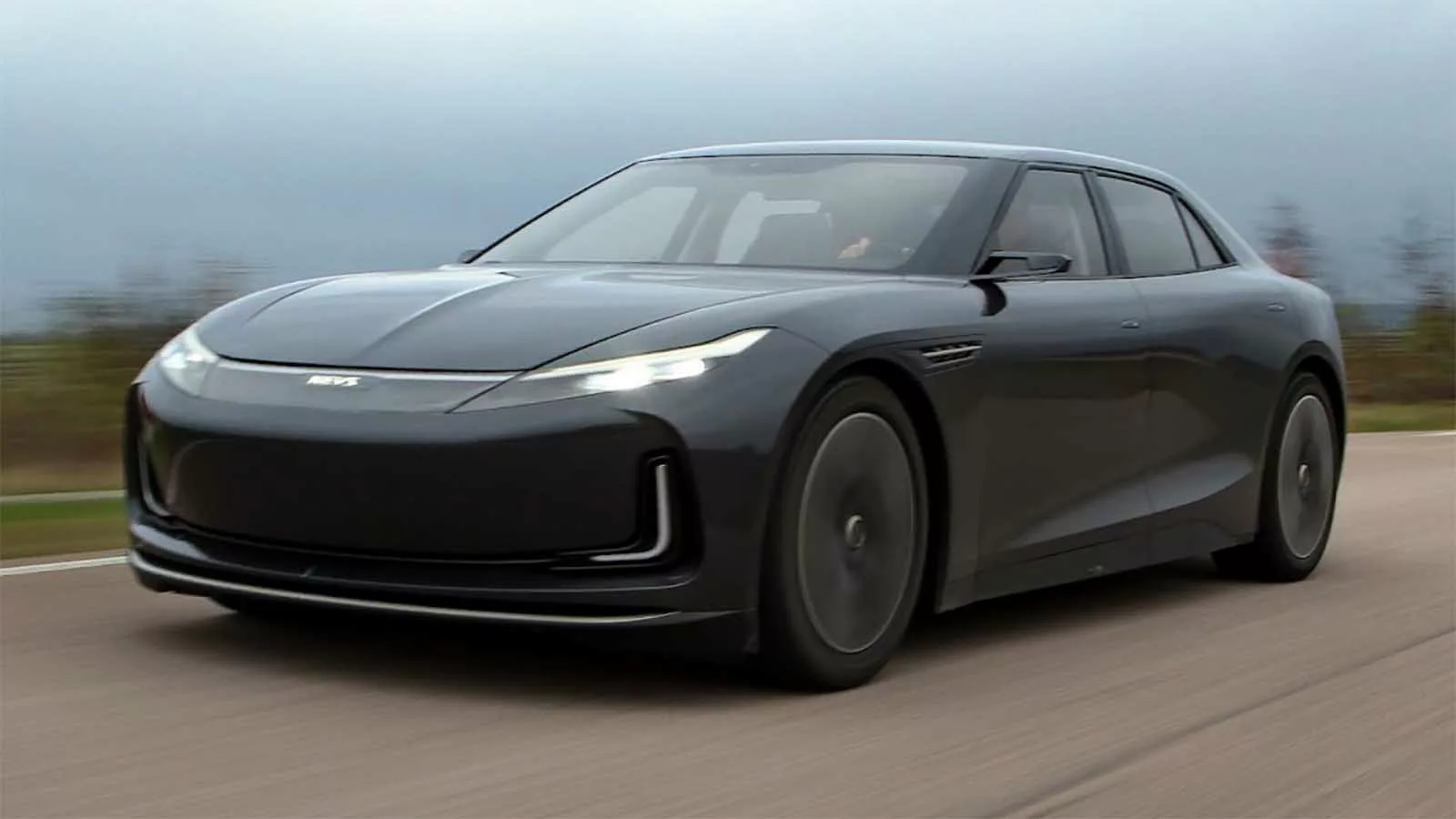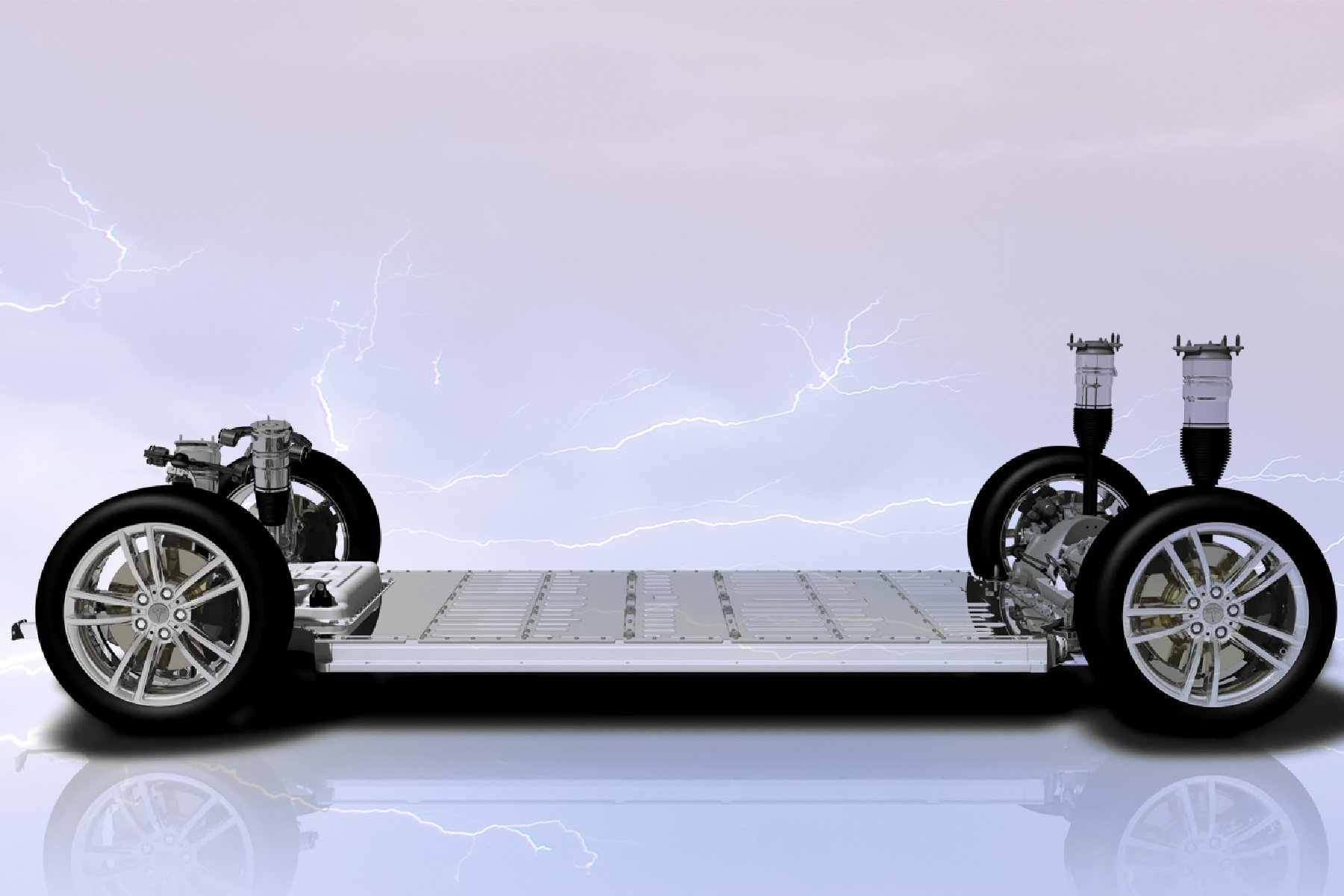
Hyundai Motor Company and Kia Corporation’s unveiled their latest innovation, the ‘Uni Wheel’ Universal Wheel Drive System, at a dedicated technology event in Seoul. This breakthrough is touted to redefine future mobility. By ingeniously relocating critical drive components to the wheel hub, the Uni Wheel not only enhances vehicle packaging but also expands interior space, driving range, and design flexibility. With eight patents pending globally, this technology is not limited to cars; its potential extends to wheelchairs and robots, hinting at a versatile future for electric vehicles (EVs). The Uni Wheel’s special planetary gear configuration ensures efficient power transmission and could pave the way for novel interior layouts in the age of autonomous driving.
- Hyundai and Kia unveil Uni Wheel, a revolutionary EV drive system, enhancing space, range, and design flexibility globally.
- The Uni Wheel’s planetary gear tech ensures efficient power transmission, addressing EV range concerns, and enabling novel interior layouts.
- Hyundai and Kia navigate challenges, testing Uni Wheel’s stability, efficiency, and durability, aiming to redefine EV innovation.
Shifting paradigms in mobility
The introduction of the Uni Wheel system represents a seismic shift in the automotive industry’s approach to electric vehicle (EV) design. The traditional internal combustion engine (ICE) vehicles incorporate constant velocity (CV) joints that transfer power to the wheels. Hyundai and Kia’s innovation sidesteps the inefficiency and durability concerns associated with relocating these components by moving the entire drive system into the wheel hub. The result is a cleaner, more spacious architecture that allows for an expanded battery capacity and more imaginative use of interior space.
By employing a novel planetary gear configuration, the system achieves a feat that has eluded engineers for years: the ability to transmit power with negligible efficiency losses, irrespective of wheel articulation. This advancement is particularly significant as it enables EVs to maintain their driving range, a paramount concern for consumers and manufacturers alike.
Designing the future of EVs
The Uni Wheel’s implications for vehicle design are profound. It offers manufacturers the flexibility to create a variety of body types tailored to specific uses. For instance, the space liberated by the Uni Wheel could accommodate more battery modules or facilitate non-conventional seating arrangements, which are essential considerations in the development of fully autonomous vehicles.
Moreover, the system’s scalability is remarkable. It can be adapted for wheel sizes ranging from a diminutive four inches to a substantial 25 inches. This versatility suggests that the Uni Wheel could be just as transformative for personal mobility aids and multi-wheeled robots as for passenger cars.
Hyundai and Kia’s introduction of the Uni Wheel comes at a time when the automotive industry is seeking solutions to extend the driving range of EVs without compromising on design or functionality. The Uni Wheel’s integration within the hub allows for a significant increase in the number of battery modules between the axles, directly translating to longer ranges on a single charge.
Hyundai and Kia are rigorously testing the stability, efficiency, and durability of the Uni Wheel to ensure that it can withstand the rigours of everyday use.
A leap in EV technology
As with any disruptive technology, the road to commercialization is fraught with challenges. The Uni Wheel is still in the developmental phase, and Hyundai and Kia have made it clear that there is work to be done in refining the design, particularly in terms of cooling, lubrication, and overall durability.
Yet, the automotive giants are optimistic. The eight patents filed in South Korea, the United States, and Europe are a testament to their commitment to this technology. The Uni Wheel’s potential to revolutionize not just the design of EVs, but the very concept of mobility, is a compelling narrative that Hyundai and Kia are eager to write.
Hyundai and Kia’s unveiling of the Uni Wheel is a glimpse into the future of EVs—a future where the limitations of fossil fuel powered vehicle design are overcome. The potential synergies with other innovative technologies, such as the in-wheel motor system underscore the dynamic nature of EV development.







